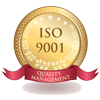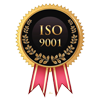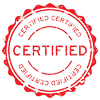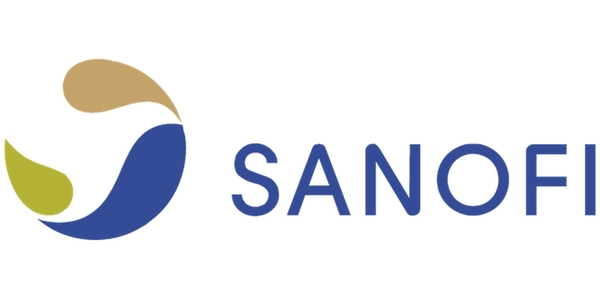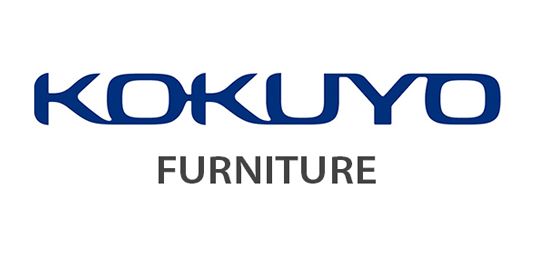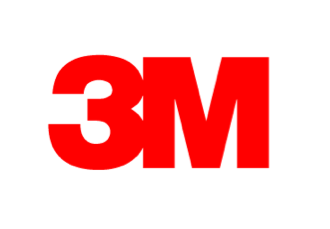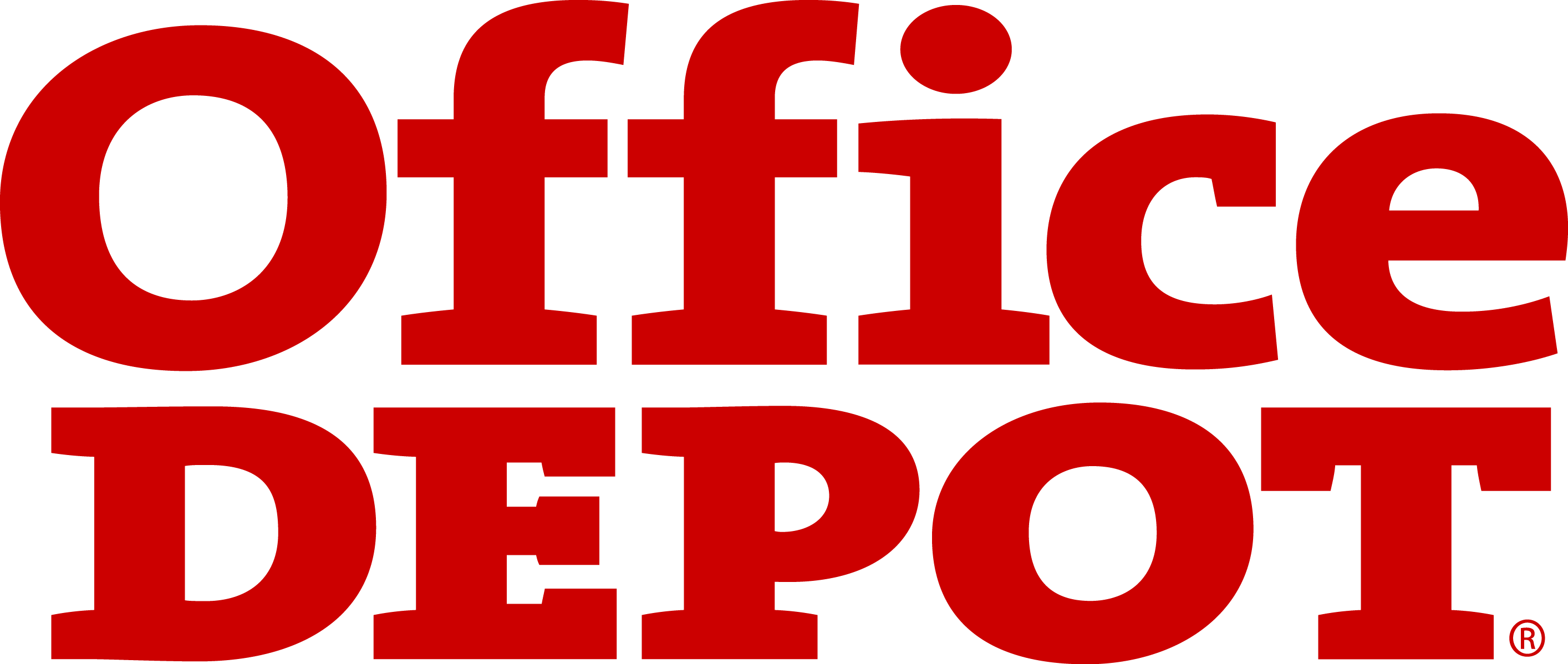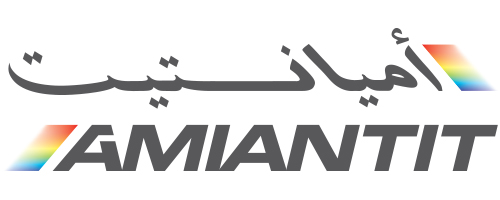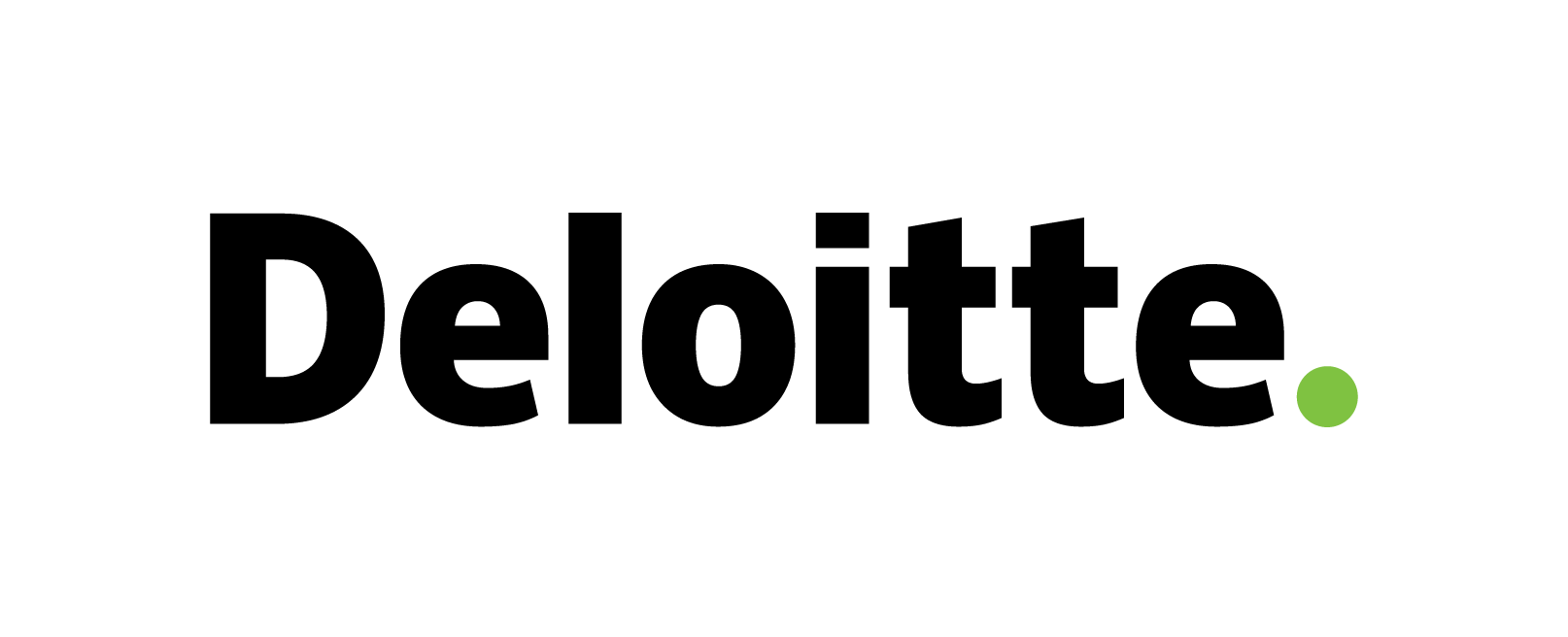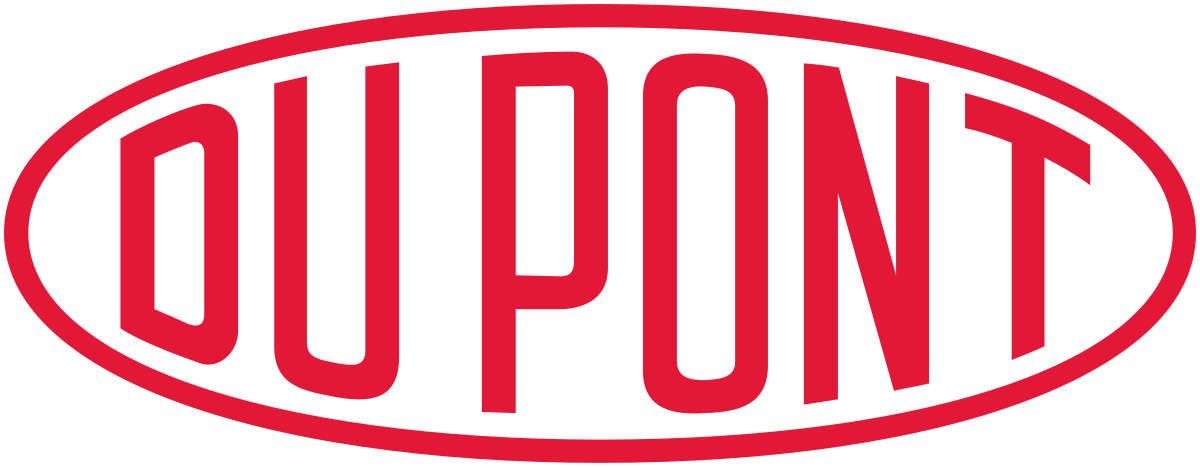Soil Monitoring Market: Global Size, Share, Trends, Growth and Forecast, 2022-2032
Soil Monitoring Market: Overview and Definition
The soil monitoring market involves the development, production, and distribution of technologies and services used to measure and analyze soil conditions. Soil monitoring technologies can be used to gather data on a range of parameters, including soil moisture, temperature, nutrient levels, and pH, among others. The data collected through soil monitoring can be used to optimize crop yields, enhance soil health, and reduce the environmental impact of agricultural practices.
Soil monitoring technologies can be used in a variety of settings, including agriculture, forestry, and natural resource management. They are used to support precision agriculture practices, such as site-specific crop management, and to monitor environmental conditions in forests, wetlands, and other natural ecosystems.
The soil monitoring market is driven by the growing demand for sustainable agricultural practices, as well as the need to optimize crop yields in the face of changing environmental conditions. Other factors contributing to the growth of the soil monitoring market include advances in sensor technologies, data analytics, and communication networks, which have made it easier and more cost-effective to collect and analyze soil data. The soil monitoring market is also influenced by government policies and regulations related to soil health and environmental sustainability, as well as by the increasing adoption of precision agriculture practices around the world.
Soil is a vital natural resource; it has been unattended in the past which has led to disastrous results. Today, role of soil health in our environment is taken more seriously because it faces many threats, including compaction, contamination, organic material loss, biodiversity loss, slope stability issues, erosion, salinization, and acidification. Soil monitoring is an emerging solution.
Soil monitoring helps characterize the threats along with focus on classical conditions and contaminants, including toxic elements, persistent organic pollutants and other potential risks to the soil, surrounding environments, animal health, and human health.
It involves the process of monitoring various contents in the soil. Various hardware's and software's are used for collection and/or analysis of soil and its associated quality, constituents, and physical status to determine or guarantee its fitness for use and also decision making.
Soil monitoring benefits include increased ability to manage growth rates, quality, efficiency and reduced disease occurrence, monitoring time/costs & irrigation management costs.
The soil monitoring market is expected to witness growth at a steady CAGR in the coming years.
MARKET DRIVERS:
The growth of this market is attributed towards major pertaining factors which include but are not limited to; the growing need for improving farm productivity, the rapidly rising global population, increasing need for soil quality preservation, stringent government regulations pertaining to ecological stability, concerted efforts of governments and companies to promote sustainable agriculture practices worldwide, increase in government spending on agricultural research and development on the global level etc.
Additionally, the demand for connected agriculture, telematics and and remote monitoring has shown promising growth even during the pandemic period. Currently, these systems are widely used in agricultural practices, golf courses, urban farming communities, research laboratories and others.
Moreover, the soil monitoring market is highly concentrated with the presence of a large number of players operating in the market. With this, integration of new technologies in soil monitoring is creating business opportunities for the companies operating in the market.
Furthermore, the impact of COVID-19 on the soil monitoring market is likely to be there for a short term, and by end of 2020 or early 2021 the market is expected to witness tremendous recovery with higher demand for installation of IoT devices in agricultural farms across the world.
However, assessing the threats and other risks to soil can be challenging due to a variety of factors, including scarcity of toxicity data, lack of understanding, and variability in levels of soil screening. Additionally, procedural and analytical errors may be witnessed due to variability among references and methods, particularly over time. Also, sampling in most cases is of a destructive in nature, requiring multiple samples over time. Besides, as analytical techniques evolve and new knowledge about ecological processes and contaminant effects come up, the focus of monitoring will likely propel over time and the quality of monitoring will continue to enhance.
Also, low level of awareness among people and end-users regarding soil monitoring, lack of technical skills pertaining to soil monitoring in people, difficulties in monitoring due to spatial variability of soil, high cost of soil monitoring sensors, dominance of other alternative approaches, such as manual inspection and visual judgment despite their low-accuracy, availability of limited options for supporting the use of soil monitoring sensors, equipment, devices, and solutions are factors that restrain the growth of this market.
SOIL MONITORING MARKET SEGMENTATION:
By Offering:
- Hardware
- Software
- Services
By System Type:
- Sensing and Imagery Systems
- Ground-based Monitoring Systems
- Robotic Systems
- Telematic Systems
- Others
By Application:
- Agricultural
- Non-agricultural
By Region:
- North America
- Europe
- Asia Pacific
- Latin America
- Middle East & Africa
REGIONAL INSIGHT:
Americas currently dominate the soil monitoring market and are also anticipated to continue their dominance in the next few years at the minimum. This can be well attributed to the presence of top-most agri-tech companies such etc. in the region.
The APAC region is expected to witness substantial amount of growth in the coming years owing to the high degree of adoption of agriculture technology, surging investments in the ag-tech sector, increasing penetration of ground-based monitoring systems as well as sensing and imagery systems, strong government support to digitize agriculture, rising concerns to boost productivity, integration of advanced systems and the presence of various international and domestic players in emerging countries like India and China in the region.
FEW KEY PLAYERS IN SOIL MONITORING MARKET:
- SGS Group
- Caipos GmbH
- Earth Observing System
- Manx Technology Group
- Element Material Technology
- Sentek Technologies
- Irrometer
- Acclima Inc
- AquaCheck Pvt. Ltd.
- Aquamonix
- CropX Technologies
- Decagon Devices Inc
- S.I. Environmental Sensors Inc,
- Edaphic Scientific
- IMKO Micromodultechnik
- Ranch Systems
- Spectrum Technologies Inc.
- Spiio
- TagIT Technologies
- Campbell Scientific
- Delta-T Devices
- Meter Group
- Soil Scout
- The Toro Company
- Vegetronix
- Stevens Water Monitoring Systems Inc.
- Other Players
RECENT DEVELOPMENTS:
- In November 2020, Ireland reportedly announced to invest in the establishment of a National Agricultural Soil Carbon Observatory. Through this investment, Teagasc, on behalf of the government, will commence intensive monitoring of carbon emissions and removals across a range of Irish soils, putting Ireland at the forefront internationally in terms of understanding, supporting and rewarding farmers for practices that build carbon stores in soils.
- In November 2020, Eurofins Agroscience Services (EAS Group)and U.S. based Biome Makers announced an alliance to distribute BeCrop, Biome Makers’ unique soil functional analysis technology. This was said to provide a new standard of soil biodiversity analysis in Europe for farmers, agronomists, and the whole of agricultural industry.
Timeline Considered for Analysis:
- 2019: Base Year
- 2020 to 2025: Forecast Period
Research Scope and Deliverables
Overview & Executive Summary
Market Drivers, Trends, Challenges and Opportunities
Market Size and Forecast Projections
Macroeconomic Indicators of Various Countries Impacting the Growth of the Market
Extensive Coverage of Industry Players including Recent Product Launches and Market Activities
Porter’s Five Force Analysis
Market Segmentation Analysis:
Industry report analyzes the global soil monitoring market by the following segments:
- Offering
- System Type
- Application
Customization: We also offers customization’s in the industry report as per the company’s specific needs.
Key Questions Answered in the Global Soil Monitoring Industry Report
- What is the overall market size in 2019? What will be the market growth during the forecast period i.e. 2020-2025?
- Which region would have high demand for product in the upcoming years?
- What are the factors driving the growth of the market?
- Which sub-market will make the most significant contribution to the market?
- What are the market opportunities for existing and entry-level players?
- What are various long-term and short-term strategies adopted by the market players?

Need Customized Report for Your Business ?
Utilize the Power of Customized Research Aligned with Your Business Goals
Request for Customized Report- Quick Contact -
- ISO Certified Logo -
